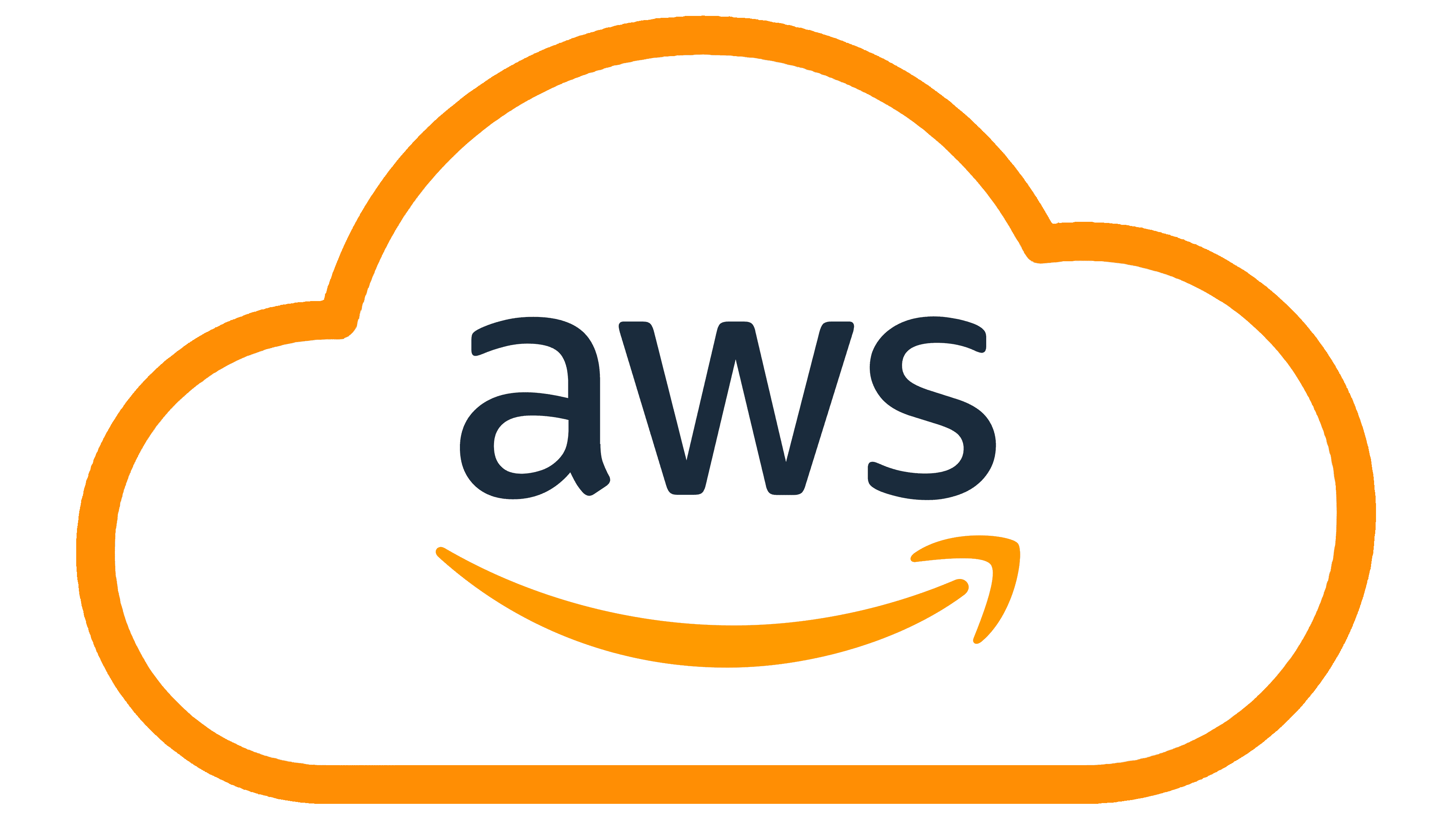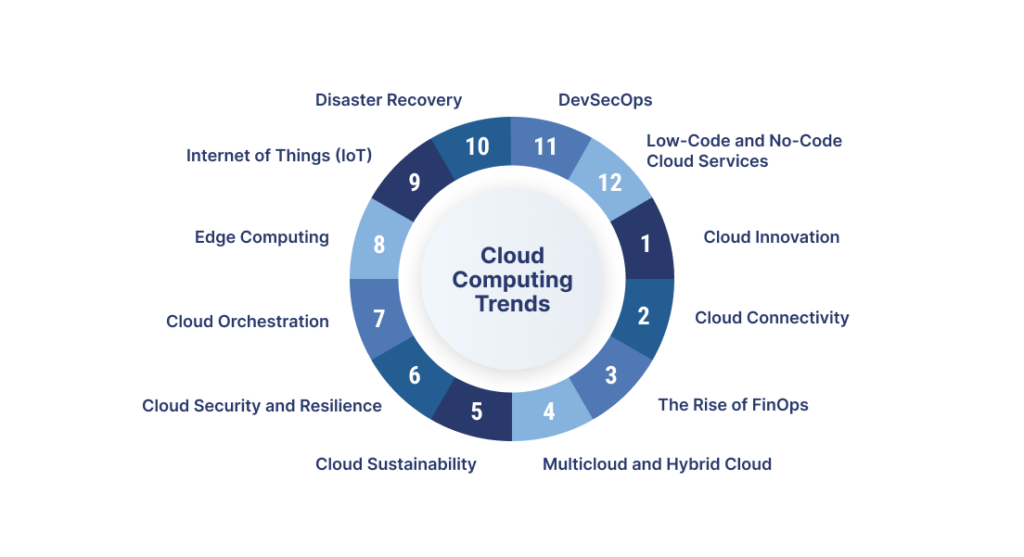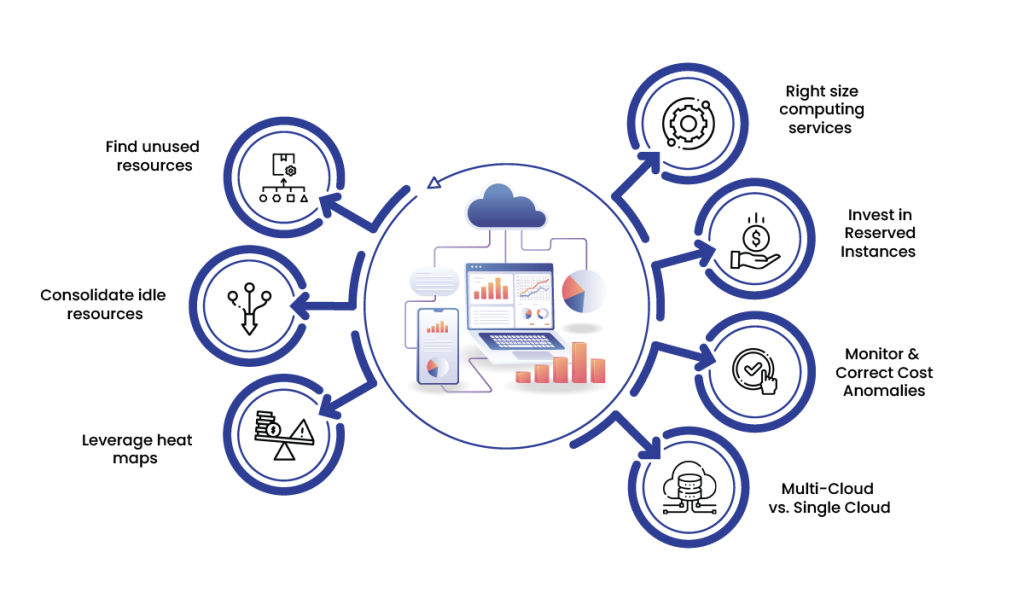Exploring Cloud Platforms
In the dynamic world of technology, cloud platforms have become the backbone of digital transformation. At SparkScribe Technologies, we leverage leading cloud platforms to deliver robust and scalable solutions to our clients. In this blog post, we’ll explore the top cloud platforms, their key features, and the benefits they offer.
What are Cloud Platforms?
Cloud platforms provide the infrastructure, tools, and services required to develop, deploy, and manage applications over the internet. They eliminate the need for physical hardware, offering scalable and on-demand computing resources.
Leading Cloud Platforms
1. Amazon Web Services (AWS)
AWS is a comprehensive and widely adopted cloud platform, offering over 200 fully-featured services from data centers globally.
Key Features:
- Compute: Amazon EC2, Lambda
- Storage: S3, EBS
- Databases: RDS, DynamoDB
- Machine Learning: SageMaker
- Networking: VPC, Route 53
Benefits:
- Extensive service offerings
- Global infrastructure
- Robust security features
- Flexible pricing models
2. Microsoft Azure
Microsoft Azure is a leading cloud platform that provides a wide range of services for building, deploying, and managing applications through Microsoft-managed data centers.
Key Features:
- Compute: Azure VMs, Azure Functions
- Storage: Blob Storage, Disk Storage
- Databases: SQL Database, Cosmos DB
- AI and Analytics: Azure AI, Azure Synapse
- Networking: Virtual Network, Load Balancer
Benefits:
- Seamless integration with Microsoft products
- Strong enterprise focus
- Comprehensive compliance coverage
- Hybrid cloud capabilities
3. Google Cloud Platform (GCP)
Google Cloud Platform is known for its expertise in data analytics, machine learning, and scalable infrastructure.
Key Features:
- Compute: Compute Engine, Cloud Functions
- Storage: Cloud Storage, Persistent Disk
- Databases: Firestore, Bigtable
- Machine Learning: AI Platform, TensorFlow
- Networking: Virtual Private Cloud, Cloud CDN
Benefits:
- Advanced data analytics and AI capabilities
- Competitive pricing
- Strong performance and scalability
- Emphasis on open-source technologies
4. IBM Cloud
IBM Cloud offers a robust suite of cloud computing services with a focus on AI, blockchain, and enterprise solutions.
Key Features:
- Compute: Virtual Servers, Kubernetes Service
- Storage: Cloud Object Storage, Block Storage
- Databases: Db2, Cloudant
- AI and Machine Learning: Watson AI
- Blockchain: IBM Blockchain Platform
Benefits:
- Strong focus on AI and blockchain
- Enterprise-grade security
- Hybrid cloud and multicloud capabilities
- Extensive industry expertise
5. Oracle Cloud
Oracle Cloud is known for its integrated suite of applications, platform services, and engineered systems.
Key Features:
- Compute: Compute Instances, Container Engine for Kubernetes
- Storage: Object Storage, Block Volumes
- Databases: Oracle Autonomous Database, MySQL
- Analytics: Oracle Analytics Cloud
- Networking: Virtual Cloud Network, Load Balancing
Benefits:
- Superior database management
- Comprehensive cloud applications suite
- Enterprise-grade performance
- Strong focus on security and compliance
Benefits of Using Cloud Platforms
1. Scalability
Cloud platforms offer automatic scaling of resources to meet changing demands, ensuring optimal performance during peak times.
2. Cost Efficiency
By using cloud services, businesses can reduce capital expenditure on physical infrastructure and pay only for the resources they consume.
3. Flexibility and Agility
Cloud platforms provide the flexibility to quickly deploy and manage applications, enabling businesses to respond rapidly to market changes and customer needs.
4. Security
Leading cloud providers implement advanced security measures, including encryption, identity and access management, and regular security audits.
5. Global Reach
Cloud platforms have a global presence, allowing businesses to deploy applications closer to their users, reducing latency and improving user experience.
Key Trends in Cloud Platforms for 2024
1. Hybrid and Multi-Cloud Strategies
Businesses are increasingly adopting hybrid and multi-cloud strategies to leverage the strengths of different cloud providers and avoid vendor lock-in.
2. Edge Computing
Edge computing, which processes data closer to where it is generated, is gaining traction for its ability to reduce latency and improve real-time processing.
3. AI and Machine Learning
Cloud platforms are integrating advanced AI and machine learning capabilities, enabling businesses to gain deeper insights and automate processes.
4. Serverless Computing
Serverless computing is becoming more popular as it allows developers to focus on building applications without managing the underlying infrastructure, optimizing costs and scalability.
5. Sustainability
Cloud providers are focusing on sustainability initiatives, such as improving energy efficiency and reducing carbon footprints in their data centers.
Best Practices for Leveraging Cloud Platforms
1. Conduct a Cloud Assessment
Evaluate your organization’s needs and readiness for cloud adoption, including infrastructure, applications, and business processes.
2. Choose the Right Cloud Provider
Select a cloud provider that aligns with your business goals, technical requirements, and budget. Consider factors like service offerings, security, compliance, and support.
3. Implement Security Best Practices
Ensure robust security measures are in place, including data encryption, access controls, and regular security audits. Stay compliant with industry standards and regulations.
4. Optimize Cloud Costs
Monitor and manage cloud spending by using cost management tools and adopting practices like rightsizing, reserved instances, and auto-scaling.
5. Train Your Team
Invest in training and certification programs to ensure your team has the necessary skills to effectively manage and optimize cloud resources.
Conclusion
Cloud platforms are transforming the way businesses operate, offering unparalleled flexibility, scalability, and efficiency. At SparkScribe Technologies, we leverage the leading cloud platforms to deliver innovative and reliable solutions for our clients. By staying updated with the latest trends and best practices, we help businesses unlock the full potential of the cloud. Stay tuned to our blog for more insights and updates on cloud technologies.

















